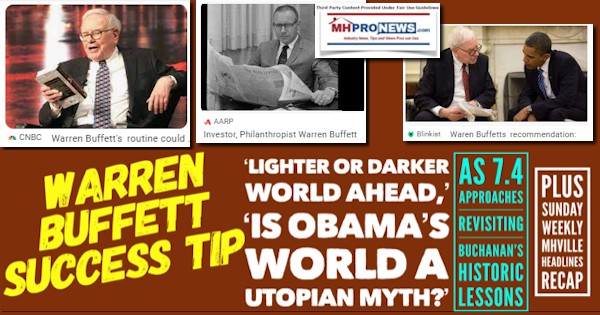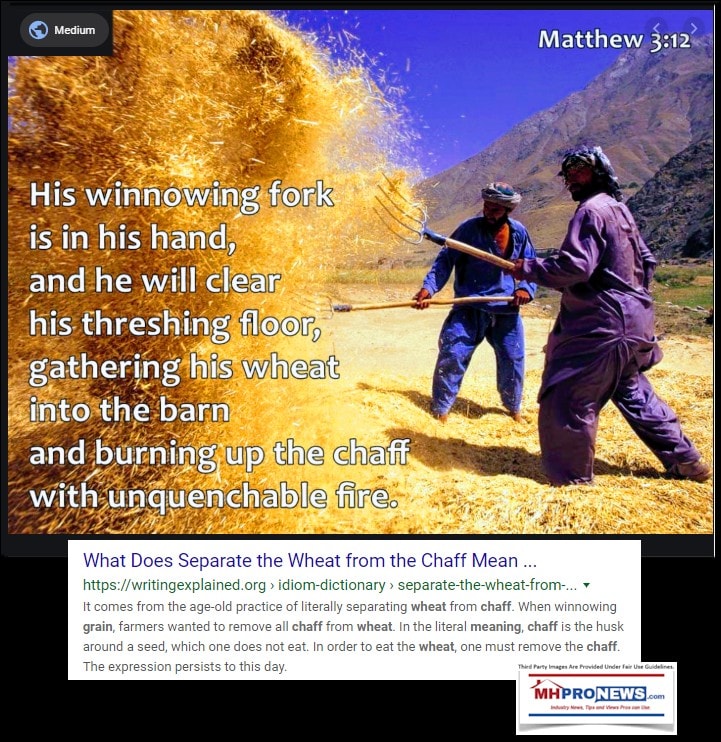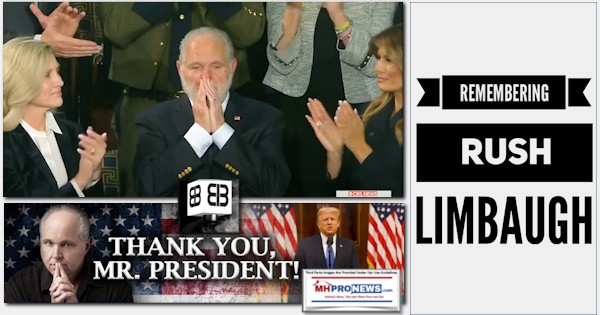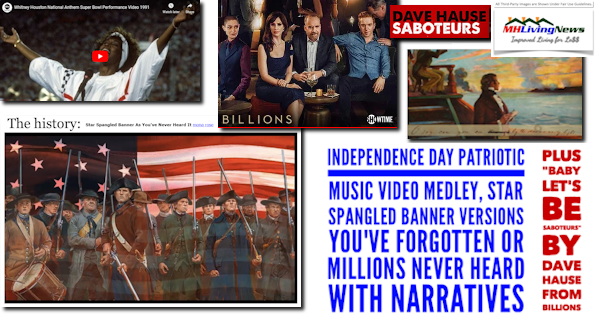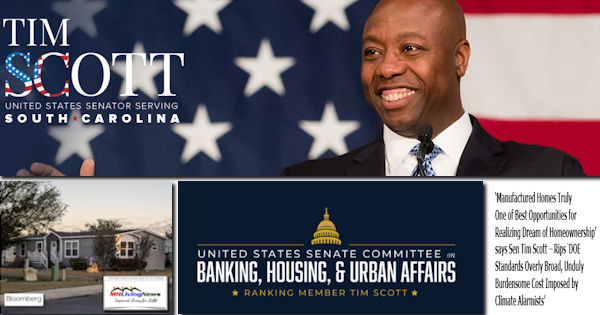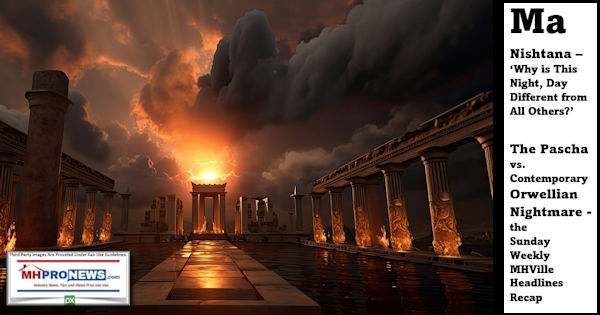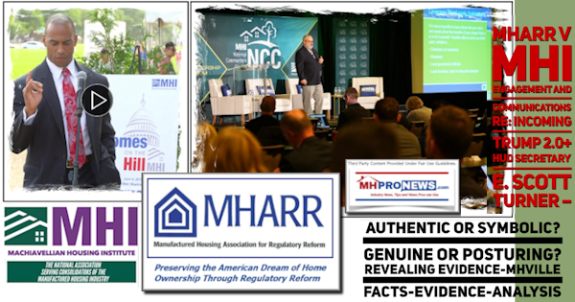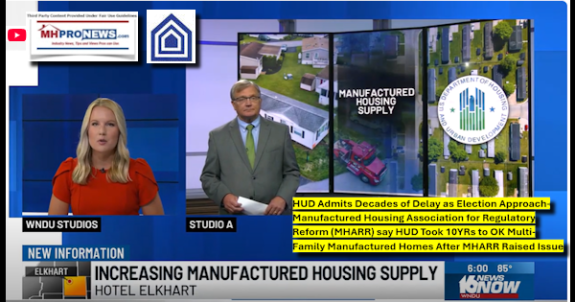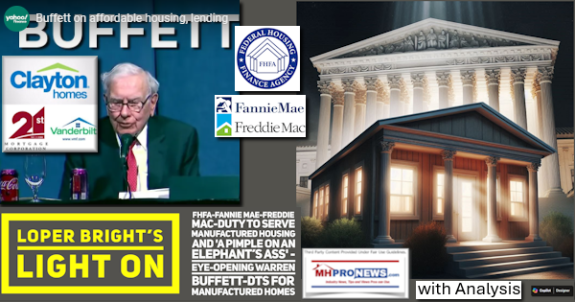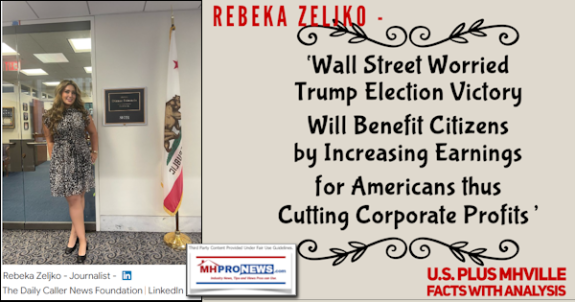“Four score and seven years ago our fathers brought forth, upon this continent, a new nation, conceived in liberty, and dedicated to the proposition that all men are created equal.” When Abraham Lincoln wrote those words in what became known as his famous Gettysburg Address, the term “men” could be understood to mean humanity. So, all people are created equal. Equal in what sense? More on that further below. But on this Independence Day, note for now that Lincoln’s pithy and inspirational “address” to a war torn nation was a visionary and healing balm that is useful today. The Fourth of July is our nation’s Independence Day. Some of the wealth of meaning from the Declaration of Independence – which is near the heart of this celebration – will be considered following the remarks of two immigrants and a once celebrated action movie star. The ‘true stories’ of Steve Hollosi, Rev Emmanuel Alakue, and Chuck Norris’ thoughts on this Independence Day can prove that be useful to you and your loved ones in many respects.
Part I
Steve Hollosi and his wife Rita escaped authoritarian rule to come to the United States in pursuit of the American Dream. After years of hard work, sacrifice, with intelligent ethically-driven plans and efforts, the Hollosi family achieved the type of lifestyle many only imagine, read about, or observe on videos. Fine cars, homes, furniture, gourmet meals, and travel are part of their true story. For example, one of their homes was a stunning custom-built residence about 9 times the size of the typical new home today. More on Steve and the others herein follow in Part IV after these thoughts Hollosi shared for Independence Day with readers of MHProNews. The photos were provided by Steve and along with the text below are used with permission, as are the other items in this report and commentary.
Notice: the graphic below can be expanded to a larger size.
See the instructions below the graphic below or click the image and follow the prompts.
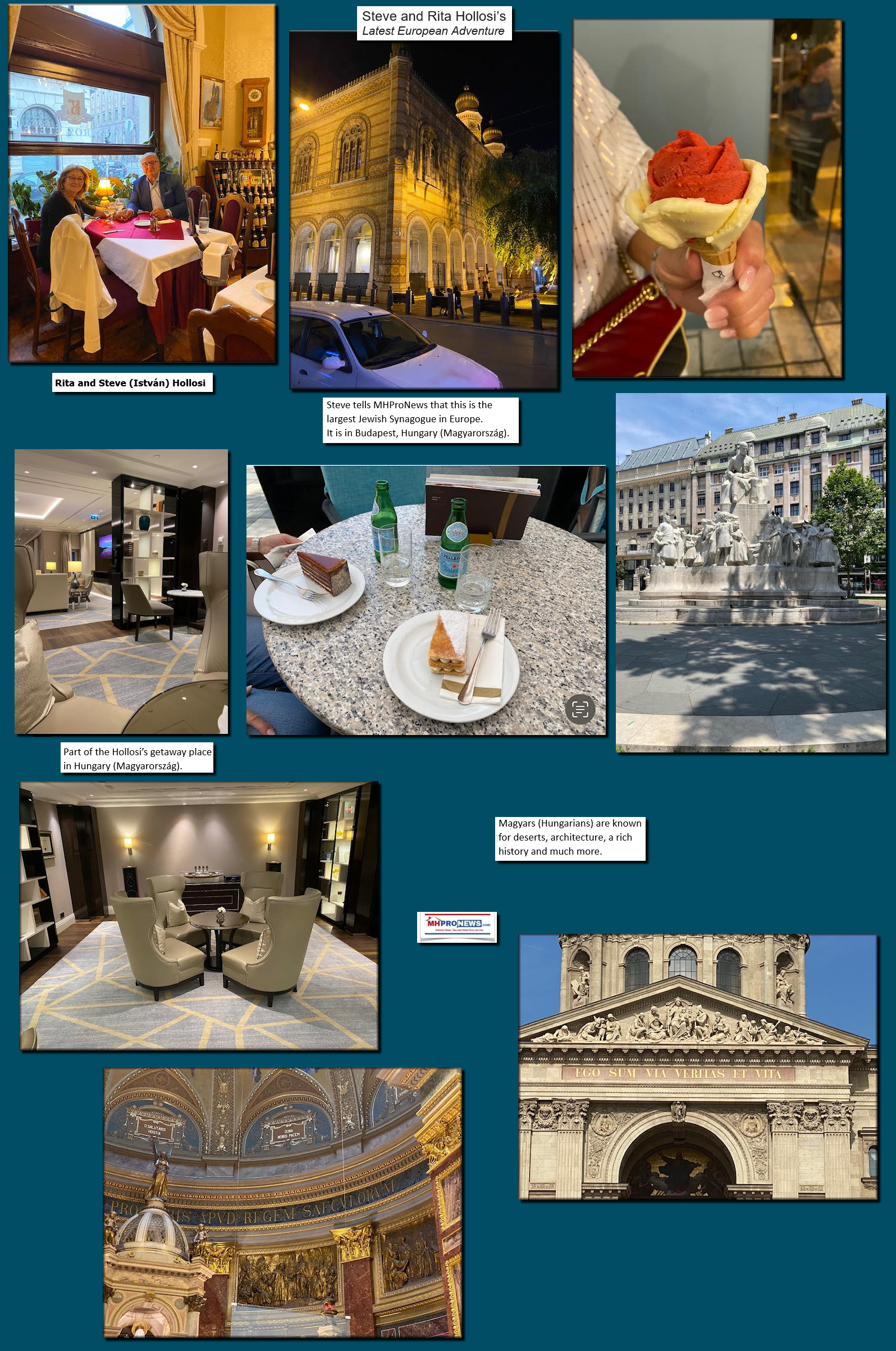
 Hungarian emigrants, like myself, sought freedom and opportunity in the United States. The American promise of liberty and the pursuit of happiness attracted me as a young man. For years I dreamt about coming to America. That dream became a reality in November of 1969 when I finally stepped foot on American soil after escaping from the authoritarian regime that dominated Hungary during the Cold War.
Hungarian emigrants, like myself, sought freedom and opportunity in the United States. The American promise of liberty and the pursuit of happiness attracted me as a young man. For years I dreamt about coming to America. That dream became a reality in November of 1969 when I finally stepped foot on American soil after escaping from the authoritarian regime that dominated Hungary during the Cold War.
For many Hungarians, like me, the desire for freedom stems from a long history of political and social upheaval.
There were struggles against foreign occupation and the fight for national independence. Hungarians faced numerous challenges in their quest to restore the right for self-determination.
For me, Communism represented oppression to the point that I felt suffocated.
The lack of opportunity for self-expression and freedom of practicing one’s beliefs was a driving force behind my decision to leave my birthplace.
The United States, with its strong democratic traditions and respect for individual rights, has often been seen by people like me as a beacon of hope.
In the United States, as an emigrant, I found a society that values personal freedoms and provides opportunities for success.
The American Dream, a concept deeply ingrained in the nation’s ethos, promises that hard work and determination can lead to prosperity and a better future. That ideal resonated with me. It drew me like a magnet to the United States in search of economic stability and the chance to build a better life for myself and family.
Moreover, the United States offers a diverse and inclusive society that embraces people from all backgrounds.
As a Hungarian emigrant, I can find communities that celebrate our heritage and provide support as we navigated our new lives. The freedom to practice our culture, traditions, and religion without fear of persecution is a fundamental aspect of American society. I still love Hungary’s people. Decades after leaving, Hungary became free of Soviet domination. I still love my native Hungary, as I write this, my wife and I are on vacation here.
In conclusion, as a Hungarian young man I was drawn to the United States by the promise of freedom and opportunity. The American ideals of liberty, equality, and the pursuit of happiness resonate deeply with me as I was seeking a better life. Through hard work and determination, emigrants like myself can find a place where I can thrive and contribute to the rich tapestry of American society.”
MHProNews note: the video is provided by the Masthead, and was not part of Steve’s shared thoughts. That said, there are echoes in what he wrote in this music video, which per YouTube has had 5.1 million views.
Part II Independence Day 2023 – by Rev. Emmanuel Akalue
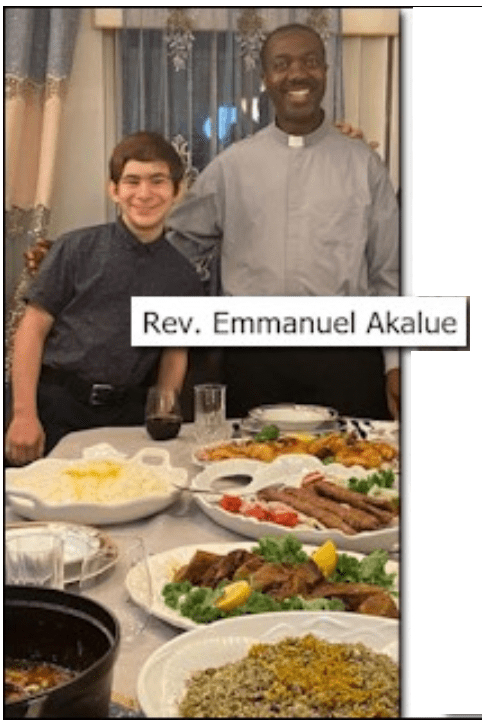 On this 13th Sunday of the Year, we share the message, “Living in Freedom according to God’s Plan.” Beloved, this weekend is in closest proximity to July 4th, INDEPENDENCE DAY. Our founding fathers and forebears made tremendous sacrifices to attain Independence. We thank and honor them for their bravery and sacrifices. That original Day of Independence in 1776 marked our GRADUATION TO NATIONHOOD, just as one graduates from a school after undergoing studies. Then, the real-life situation begins: the need to affirm and sustain life, to work for liberty and to foster the pursuit of happiness for all. Admittedly, we have come a long way, but still far from attaining the godly ideals upon which our nation is founded: justice, peace, equality and liberty for all.
On this 13th Sunday of the Year, we share the message, “Living in Freedom according to God’s Plan.” Beloved, this weekend is in closest proximity to July 4th, INDEPENDENCE DAY. Our founding fathers and forebears made tremendous sacrifices to attain Independence. We thank and honor them for their bravery and sacrifices. That original Day of Independence in 1776 marked our GRADUATION TO NATIONHOOD, just as one graduates from a school after undergoing studies. Then, the real-life situation begins: the need to affirm and sustain life, to work for liberty and to foster the pursuit of happiness for all. Admittedly, we have come a long way, but still far from attaining the godly ideals upon which our nation is founded: justice, peace, equality and liberty for all.
According to a French Philosopher, Jean Jacques Rousseau (1712 – 1778) in his treatise, The Social Contract (1762), “Man is born free but everywhere he is in chains.” (Political, socio-cultural, ideological, economic, legal, religious chains, etc). God created us in freedom; He “desires all men to be saved [FREED] and to come to the knowledge of the truth” (1Tim 2:4). Real Freedom is about total deliverance from all the evils that afflict the human person; so, we need not just political, cultural, and ideological freedom, but also SPIRITUAL FREEDOM (cf. 2Cor 3:17; Heb 10:12-14).
Our founding fathers understood this spiritual aspect and rightfully placed our nation “under God” in the Text of the Declaration of Independence, stating that all properly founded nation-states responded to the right “to which the laws of nature and of nature’s God entitle them.” And concluding declared, “We… in General Congress… [appeal] to the Supreme Judge of the world for the rectitude of our intentions ….” Only God can help us attain the godly ideals of our nationhood (cf. John 15:5); only God can grant us ultimate freedom and salvation in heaven (cf. Luke 10:20; 1John 3:2). Consequently, in any way, we are erring, trying to dispense with God, and moving on a wrong path, God is calling our nation to repentance and to cherish faith values, faith orientation (cf. Gal 5:13-14): For “Righteousness exalts a nation, but sin is a reproach to any people” (Prov 14:34).
Notice how the couple in our First Reading (2Kings 4:8-11; 14-16) yielded to God and lived in freedom. The woman told her husband, “I know that Elisha is a holy man of God. Since he visits us often, let us arrange a little room on the roof and furnish it for him.” Wow! They generously welcomed Elisha, God’s prophet, into their home and catered for his ministerial needs. Though they were childless at the time, they did not become bitter, depressed, envious of anyone, or mad at God. They loved freely and unconditionally. And God rewarded them for their commitment (cf. Eph 3:20), just as Elisha had prayed: “This time next year you will be fondling a baby son.” What a lesson for us on how to live in freedom! Our quest for a better society that works for all should not be based on political enmity, squabbles or killings, but essentially on trust in God, prayer and constructive activism.
One important lesson from all these and which comes out prominently in our Gospel Passage (Matt 10:37-42) is, to live in freedom is to live for God and His Christ above all persons, positions, places or things. To this end, Christ calls for radical DETACHMENT, saying unequivocally, “Whoever loves father or mother… son or daughter more than me is not worthy of me…. And whoever loses his life for my sake will find it.” Nothing is too great to offer up for the love of God and His Church, in time, talent and treasure (cf. Luke 8:3; 2Cor 11:9). We should live our lives only in God, by putting God first (cf. Matt 6:25-33; 1Cor 1:22-23). Be not afraid to do so, for successful marriage, family, job, or the American Dream is only possible in God: “There is no fear in love, but perfect love casts out fear…. We love, because he first loved us” (1John 4:18-19). No one can outdo God in generosity.
Finally, St. Paul says in our Second Reading (Rom 6:3-4, 8-11): “Are you unaware that we who were baptized into Christ Jesus were baptized into his death?… [And] just as Christ was raised from the dead by the glory of the Father, we too might live in newness of life.” The Devil tries to thwart true freedom and salvation (cf. Gen 3:1-15) by trying to lead us and our country in a wrong direction. But Christ modeled for us true freedom in His sacrificial love (cf. John 3:16; 12:32; 14:31). We should love and support everyone – irrespective of political differences (cf. Matt 5:43-45). May God help our country to advance in respect of every human life from womb to tomb, to work toward immigration reforms for the poor and the vulnerable, adequate healthcare, promotion of world peace, fostering a giving culture, etc. Through Baptism, we were called to die to self (to selfishness) and to rise and live like Christ (cf. Rom 8:9). “America! America! God shed His grace on thee, and crown thy good with brotherhood, from sea to shining sea….” Amen. ##
Part III
From the WND News Center to MHProNews is this Commentary from famous action actor, Chuck Norris.

7 little-known facts about the Declaration of Independence
Happy Fourth of July, America! I was recently reflecting upon the history surrounding the Declaration of Independence and thought my readers would also be very interested to learn some often unknown aspects of the Declaration’s creation, distribution and legacy. Several historical websites hold some fascinating facts about this national treasure, including the National Archives in…
COMMENTARY WND NEWS CENTER
CULTURE WARS
7 little-known facts about the Declaration of Independence
Exclusive: Chuck Norris marks the Fourth with inspiring stories of the founding era
By Chuck Norris
Published July 3, 2023 at 12:52pm
Happy Fourth of July, America!
I was recently reflecting upon the history surrounding the Declaration of Independence and thought my readers would also be very interested to learn some often unknown aspects of the Declaration’s creation, distribution and legacy.
Several historical websites hold some fascinating facts about this national treasure, including the National Archives in Washington, D.C. History.com’s article, “9 Things You May Not Know about the Declaration of Independence,” by Elizabeth Harrison, has some intriguing information, too. Let me elaborate on some of those and convey a few others I’ve discovered.
- Benjamin Franklin wrote the first “declaration of independence.”
In April 1775, the American Revolutionary War began at Lexington and Concord.
On July 5, 1775, a entire year before the adoption of the Declaration of Independence, the Continental Congress adopted the Olive Branch Petition, written by John Dickinson with the help of Thomas Jefferson. It appealed directly to King George III for reconciliation between the American colonies and Great Britain.
Though Benjamin Franklin signed the Petition for the sake of consensus, he radically differed with it and said that stronger sentiments were necessary because the Petition was destined to be rejected.
Franklin was so appalled by British atrocities and exhausted of their rule that he planned the first articles of confederation and drafted a declaration of independence to be issued by none other than Gen. George Washington.
So strong was the language of the draft that Thomas Jefferson wrote, while some members of Congress like himself “approved highly of it,” others would be “revolted at it.” Jefferson explained in his private commentary that “proposing it to congress as the subject for any vote whatever would startle many members.”
It seems Congress just wasn’t ready to throw down the gauntlet, yet. My, how things can change in a year!
- Thomas Jefferson had problems with the adopted version of the Declaration of Independence – written largely by him.
On June 11, 1776, the Second Continental Congress appointed a committee of five men (John Adams, Benjamin Franklin, Robert Livingston, Roger Sherman and Thomas Jefferson) to write a Declaration of Independence.
The committeemen, in turn, appointed Jefferson to produce a first draft for their consideration, which he did by utilizing other documents such as his own draft of a Virginia constitution, the Virginia Declaration of Rights, and state appeals for independence.
The committee and later Congress made some revisions to Jefferson’s draft before formally adopting it on July 4, 1776.
In the end, Jefferson was troubled by their revisions, especially Franklin and Adams’ removal of a diatribe blaming British King George III for the transatlantic slave trade.
Who knows? Maybe if that paragraph were left in the document, our founders might not be maligned as much today for being pro-slavery.
- The Declaration of Independence wasn’t signed on July 4, 1776.
On July 1, 1776, the Second Continental Congress began meeting in Philadelphia at what is now known as Independence Hall. They spent the next few days debating and revising the Committee of Five’s draft. After adopting the Declaration of Independence on July 4, they didn’t sign it for roughly another month because New York’s delegates weren’t authorized to vote in favor of independence until July 9, and it also took two additional weeks for the Declaration to actually be produced in its final printed form.
Most delegates signed the official Declaration on Aug. 2, but at least six others didn’t sign it until later, and two more never signed it at all (namely, John Dickinson and Robert R. Livingston.)
- The original Declaration of Independence wasn’t written on paper.
As the National Archives explains, the original was “engrossed on parchment, which is an animal skin specially treated with lime and stretched to create a strong, long-lasting writing support. The printed version on paper and was read aloud from town squares throughout the colonies, so that those who could not read would receive the news about intended separation from England.”
- There are at least 26 surviving paper copies of the Declaration of Independence of the hundreds made in July 1776 for circulation among the colonies.
After Congress adopted the Declaration of Independence, the Committee of Five was also responsible with overseeing its reproduction for proclamation to those living in the 13 colonies. The reproduction was done at the shop of Philadelphia printer John Dunlap.
“On July 5, Dunlap’s copies were dispatched across the 13 colonies to newspapers, local officials and the commanders of the Continental troops. These rare documents, known as ‘Dunlap broadsides,’ predate the engrossed [official] version signed by the delegates. Of the hundreds thought to have been printed on the night of July 4, at least 26 copies survive. Most are held in museum and library collections, but three are privately owned,” according to History.com.
- When Gen. George Washington read aloud the Declaration of Independence in New York, a riot resulted.
Again, History.com explained, by July 9, 1776, a copy of the Declaration of Independence had reached New York City. At the time, tensions about the Revolutionary War ran very high, with Americans split between revolutionists and loyalists. And British naval ships actually occupied New York Harbor at the time.
When Gen. Washington read the words of the Declaration in front of City Hall, a large crowd rallied and cheered. However, later that same day, they fell a statue of King George III, melted it down, and converted the led into more than 42,000 musket balls for the Continental Army.
- All 56 signers of the Declaration paid a price for their rebellion and our freedom.
For a number of years, an email widely circulated with some history, some legend and some falsehoods about what happened to the 56 signers of the Declaration of Independence. But here’s the real scoop, as I detailed in my Official Chuck Norris Fact Book, where I also cite the sources.
At least 12 signers had their homes and property taken, ransacked, occupied, or burned. Vandals or soldiers looted the properties of William Ellery, George Clymer, Lyman Hall, George Walton, Button Gwinnett, Thomas Heyward Jr., Edward Rutledge and Arthur Middleton.
Robert Morris’ home was overtaken as well, and Philip Livingston lost several properties to the enemy. John Hart’s farm was looted, and he had to flee into hiding.
Francis Lewis had his home and property destroyed. The enemy then jailed his wife, and she was held for months before being exchanged for wives of British soldiers.
Carter Braxton of Virginia, a wealthy planter and trader, lost his ships and cargo to the British navy.
Thomas McKean wrote to John Adams in 1777 that he was “hunted like a fox by the enemy, compelled to [move] my family five times in three months.”
Five signers were captured by the British as prisoners of war and had to endure deplorable conditions as such. One signer lost his son in the Revolutionary Army, and another had two sons captured.
On Nov. 30, 1776, one signer, Richard Stockton, a lawyer from Princeton and longtime friend of George Washington, was captured in the middle of the night by loyalists and jailed by the British. Stockton endured weeks and months of brutal treatment and starvation. When he was finally released, his health would never be the same. He is actually the only signer to recant his endorsement of the Declaration, followed by him swearing his allegiance to King George III.
Over the six years of war, more than 12,000 prisoners died in prisons, compared to 4,435 soldiers who died in combat.
And that’s just a sampling of what these men sacrificed, and why we honor what they did for us annually on Independence Day.
May we never forget the sacrifices our founders made for our freedom.
Happy birthday, America! God has certainly shed His grace on thee!
From my wife, Gena, and myself, may you and yours have a wonderful, patriotic and safe Independence Day! …##
MHProNews Masthead Note: This version of Survivor’s Burning Heart from Rocky IV has had 71 million views, per YouTube.
Part IV Additional Information with More Masthead Editorial Commentary and Analysis on MHProNews
Per the federal Ben’s Guide on the Gettysburg Address, President Abraham “Lincoln’s speech lasted only two minutes, and contained only 272 words.” There were several written versions, but each are similar. “Four score and seven years ago our fathers brought forth, upon this continent, a new nation, conceived in liberty, and dedicated to the proposition that all men are created equal.”
According to the federal Archives, the Declaration of Independence began like this.
“In Congress, July 4, 1776
The unanimous Declaration of the thirteen united States of America, When in the Course of human events, it becomes necessary for one people to dissolve the political bands which have connected them with another, and to assume among the powers of the earth, the separate and equal station to which the Laws of Nature and of Nature’s God entitle them, a decent respect to the opinions of mankind requires that they should declare the causes which impel them to the separation.” Hold those thoughts…
Right from the beginning, those daring founders of what became the American Republic invoked God. Hollosi, quoted at length above, from his Success360 website stated: “Leadership development is a dynamic, multifaceted, and personal process which demands an equally versatile and comprehensive approach. That’s why we’ve developed a holistic program aimed at helping clients improve their lives in the most important areas. There are four primary components to the SUCCESS 360 approach.” Those four areas?
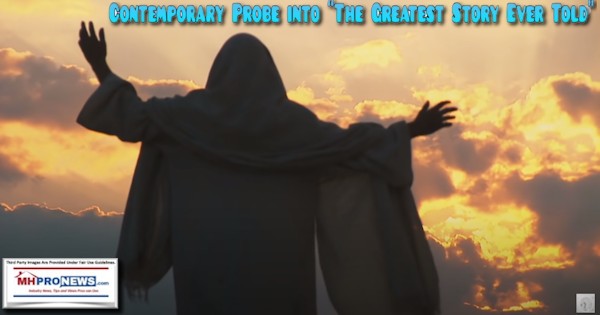
[cp_popup display=”inline” style_id=”139941″ step_id = “1”][/cp_popup]
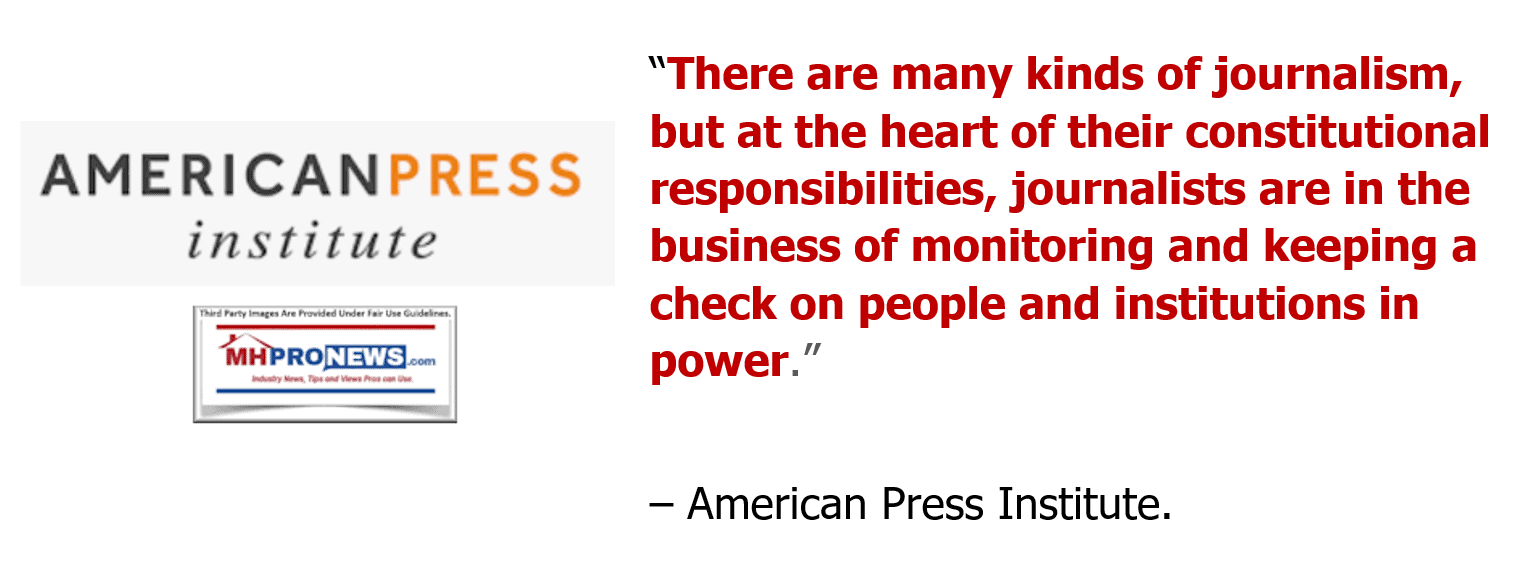
Stay tuned for more of what is ‘behind the curtains’ as well as what is obvious and in your face reporting that are not found anywhere else in MHVille. It is all here, which may explain why this is the runaway largest and most-read source for authentic manufactured home “News through the lens of manufactured homes and factory-built housing” © where “We Provide, You Decide.” © ## (Affordable housing, manufactured homes, reports, fact-checks, analysis, and commentary. Third-party images or content are provided under fair use guidelines for media.) (See Related Reports, further below. Text/image boxes often are hot-linked to other reports that can be access by clicking on them.)

By L.A. “Tony” Kovach – for MHProNews.com.
Tony earned a journalism scholarship and earned numerous awards in history and in manufactured housing.
For example, he earned the prestigious Lottinville Award in history from the University of Oklahoma, where he studied history and business management. He’s a managing member and co-founder of LifeStyle Factory Homes, LLC, the parent company to MHProNews, and MHLivingNews.com.
This article reflects the LLC’s and/or the writer’s position, and may or may not reflect the views of sponsors or supporters.
Connect on LinkedIn: http://www.linkedin.com/in/latonykovach
Related References:
The text/image boxes below are linked to other reports, which can be accessed by clicking on them.


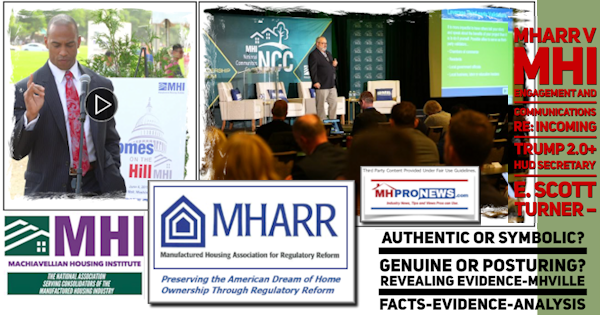





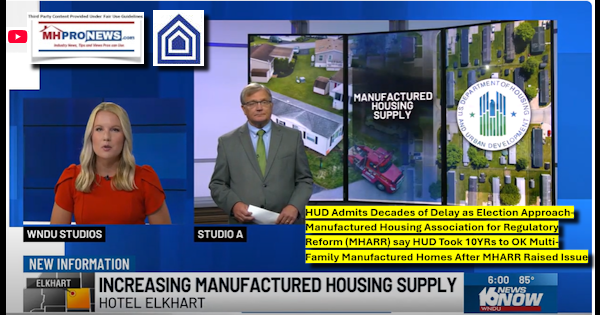


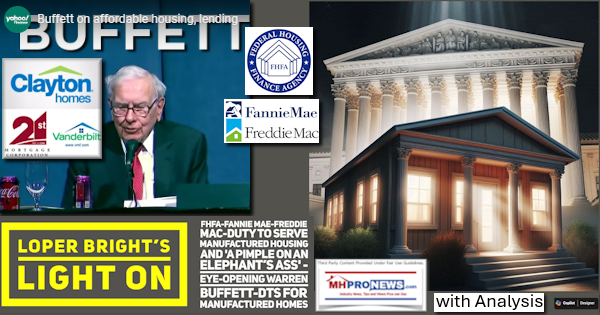
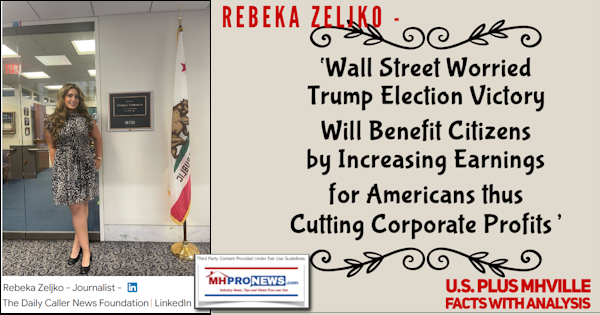


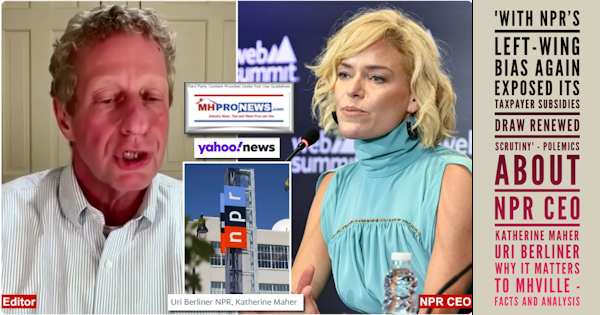
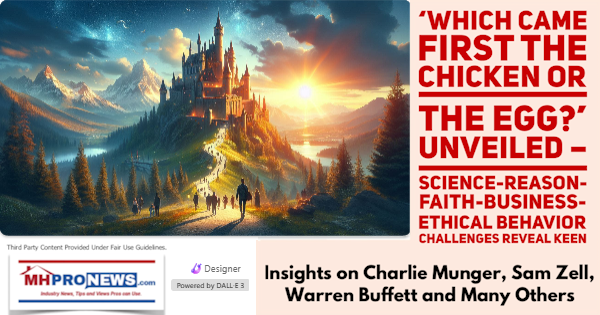


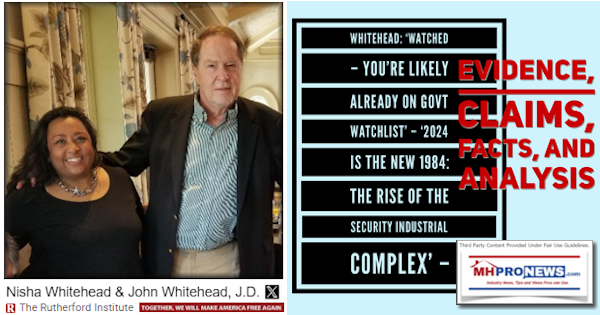
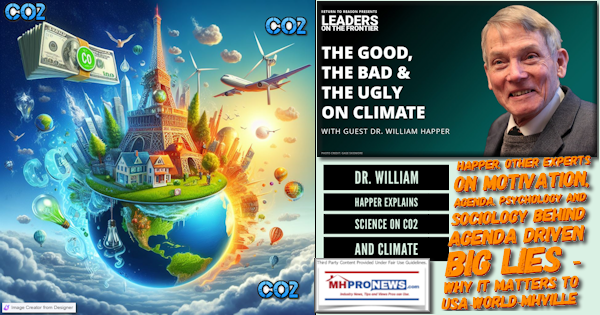
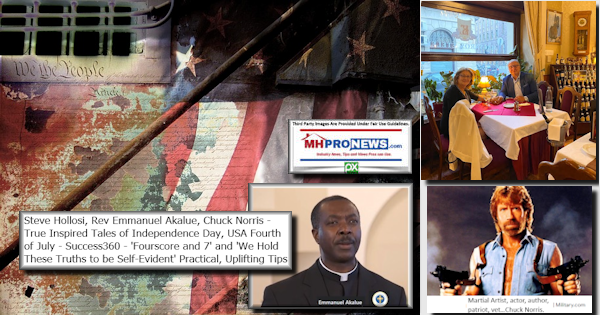
 We hold these truths to be self-evident, that all men are created equal, that they are endowed by their Creator with certain unalienable Rights, that among these are Life, Liberty and the pursuit of Happiness.–That to secure these rights, Governments are instituted among Men, deriving their just powers from the consent of the governed, –That whenever any Form of Government becomes destructive of these ends, it is the Right of the People to alter or to abolish it, and to institute new Government, laying its foundation on such principles and organizing its powers in such form, as to them shall seem most likely to effect their Safety and Happiness. Prudence, indeed, will dictate that Governments long established should not be changed for light and transient causes; and accordingly all experience hath shewn, that mankind are more disposed to suffer, while evils are sufferable, than to right themselves by abolishing the forms to which they are accustomed. But when a long train of abuses and usurpations, pursuing invariably the same Object evinces a design to reduce them under absolute Despotism, it is their right, it is their duty, to throw off such Government, and to provide new Guards for their future security.–Such has been the patient sufferance of these Colonies; and such is now the necessity which constrains them to alter their former Systems of Government. ”
We hold these truths to be self-evident, that all men are created equal, that they are endowed by their Creator with certain unalienable Rights, that among these are Life, Liberty and the pursuit of Happiness.–That to secure these rights, Governments are instituted among Men, deriving their just powers from the consent of the governed, –That whenever any Form of Government becomes destructive of these ends, it is the Right of the People to alter or to abolish it, and to institute new Government, laying its foundation on such principles and organizing its powers in such form, as to them shall seem most likely to effect their Safety and Happiness. Prudence, indeed, will dictate that Governments long established should not be changed for light and transient causes; and accordingly all experience hath shewn, that mankind are more disposed to suffer, while evils are sufferable, than to right themselves by abolishing the forms to which they are accustomed. But when a long train of abuses and usurpations, pursuing invariably the same Object evinces a design to reduce them under absolute Despotism, it is their right, it is their duty, to throw off such Government, and to provide new Guards for their future security.–Such has been the patient sufferance of these Colonies; and such is now the necessity which constrains them to alter their former Systems of Government. ”